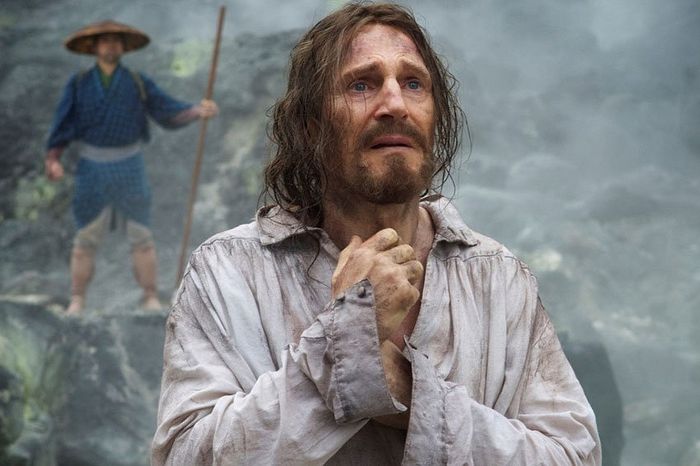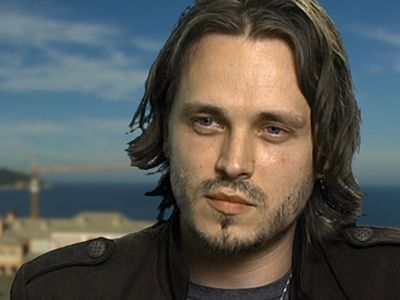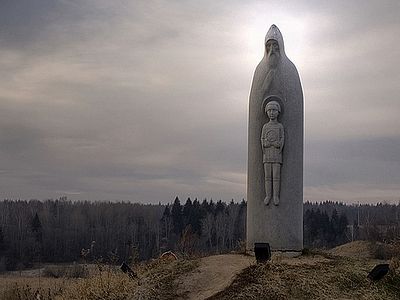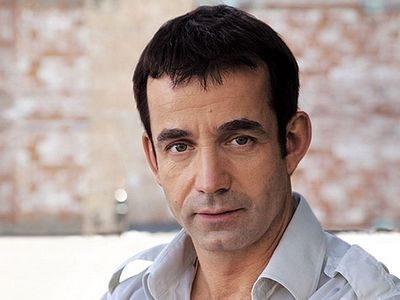After a series of gangster movies which he shot in great numbers in the 1990s and 2000s and which ensured his popularity among film fans and film critics, after his “black” comedy, “The Wolf of Wall Street”, which focused on the financial crisis, Martin Scorsese has returned to the theme of his scandalous religious tragedy “The Last Temptation of Christ” (which was not a success precisely because it involved blasphemy against Christ) by making a new and rather controversial movie on spiritual temptations, tests of faith, and search for God.
Today, when ISIS is persecuting Christians worldwide, when wearing crosses around the neck [while at work] is banned in a number of European countries, when Christianity is being demonized all over the world, it’s a wonder that a movie that praises martyrdom for Christ has appeared. The secret is obviously in Scorsese’s biography as a film director—at present he is allowed to shoot anything. However, not one of the major Hollywood studios agreed to produce this project so the director was limited to dealing with the small studios.
Shooting, as usual, his three-hour movie in a big way, Scorsese has developed three-dimensional techniques of narration, rich in brilliant dialogues, intense action scenes, excellent acting, and sharp psychological confrontations between the characters. Though the cut and the camera shooting from four points show it is a Hollywood production. First of all, we should note the good and even almost perfect performance of Andrew Garfield who is convincing in displaying the spiritual wavering and hesitation of his character, from firm faith to brokenness after betrayal.
The film director raises the problem of spiritual betrayal, the renunciation of faith—the faith everything around and inside you (including your blood) is calling you to. But Scorsese is mistaken in thinking that the main thing is to keep faith inside you, while the renunciation of faith is just a formality through which your life and those of others can be saved. If it were just a formality, the persecutors wouldn’t have demanded it so fiercely and wouldn’t have executed Christians for disobedience. What delights you the most in this film (which is a remake of a movie by Masahiro Shinoda) is the firm faith of common people; they are not versed in theology, yet their faith proves to be stronger than that of well-educated clergymen. They (the simple folk) consciously went to their death and (whatever Priest Ferreira, the main character’s antagonist, might have said) they died not for the man whom they respected, but for God.
The episode of the main character’s fall was shot spectacularly. Here Scorsese applied all his skills in order to create a psychologically depressing, dismal atmosphere: The character waits for God’s reply but hears only the devil’s voice inside him, calling him to betrayal. In the meantime, there is the sound of the voices of two tempters, which made the main character’s choice even more difficult. The actor Liam Neeson who played Priest Ferreira appeared only towards the end of the picture to play the role of a devilish figure who calls for betrayal: the apostate priest, spiritually broken due to trials and tribulations, is now tempting another, hesitating and analyzing priest.
In the scenes of their conversations Scorsese nearly reaches the energy of Robert Bresson [a French film director (1901-1999)], reminding the viewers of “The Diary of a Country Priest” [a 1951 film directed by Bresson and based on the novel with the same name by the French writer Georges Bernanos]. Here the rottenness of the “reflective consciousness”, full of doubts, reveals itself—it is considerably weaker than the integral thinking of ordinary people, which is “solid as a rock”. Where an intellectual would fall an ordinary man will stand: the latter has more courage and steadfastness in the hour of trials because he is not preoccupied with analyzing himself, going over his own behavior point by point, as intellectuals and cultivated persons usually do.
“Silence” is not so much a movie about the silence of God as a movie about the silence of the consciousness of martyrs, which is very necessary in the hour of trials. If it is not silent, accepting suffering with patience, if it starts analyzing and questioning everything, then it will not withstand and will betray its ideals. This is what Martin Scorsese’s movie is about. Raising the problem of Christian martyrdom, the director makes much broader generalizations than were expected—he creates a picture of betrayal as such and reflection on its source.
It is worth paying attention to the figure of Kichijiro, an apostate who repeatedly renounces Christ but then wholeheartedly repents. Unlike his relatives and friends who are strong in spirit, Kichijiro is weak. He can be described as an alter ego of the main character who renounces his faith only once but gives up immediately after that. The character asks himself, “Did Christ really love such miserable men like him? He probably did, as these people are not ill-natured?” Yes, he answers his own question, Christ loved them as He loves every single penitent. If a person sincerely repents of his sins, regardless of how many times he has committed them, he will certainly be forgiven.
It’s another matter if his way of life does not change and he will go to eternity with his passions and deep-rooted sinful habits. The Lord will forgive all, that is true, but if we make no effort, if our repentance is in word only, it will be of no advantage to our souls. A great merit of Martin Scorsese’s movie is that it shows the ambivalence of spiritual prosperity—those who seemed weak appear to withstand all tests and become genuine martyrs, while those who feigned confidence and courage fall and renounce their faith.
As it is said of the main character after one dialogue: “He is arrogant, that is why he is sure to renounce his faith.” And that’s precisely what happened to him. The movie showed horrifying methods by which the seventeenth-century Christians were tortured, but they cannot be compared with the vile atrocities that ISIS terrorists are committing to force Christians to abandon their faith. The movie encourages us to think: “And what am I ready to do for Christ? Am I prepared to endure tortures like these in order not to apostatize, or ‘to comply with the formality’, as torturers say?”
To Scorsese’s credit, we should admit that he has not confined himself to the destiny of only one priest and has shown us another example of responding to trials and tribulations. Another priest (played by Adam Driver) dies trying to save his flock, dies as a Christian, without grumbling at the Almighty, which means that it is possible to endure all trials even for the “reflective consciousness”, provided that all doubts fade away making room for unshakeable faith; silence in the face of torments.
Of course, it is surprising that the director who once shot such a blasphemous picture as “The Last Temptation of Christ”, now, perhaps in the final years of his life, has created “Silence”—an explicitly Christian movie that praises the podvig of martyrdom for the glory of Christ. But it is likely that “Silence” will be one of his good deeds which may serve as atonement for the outrageous blasphemy against God that he committed many years ago in his scandalous picture. Let us hope so.





